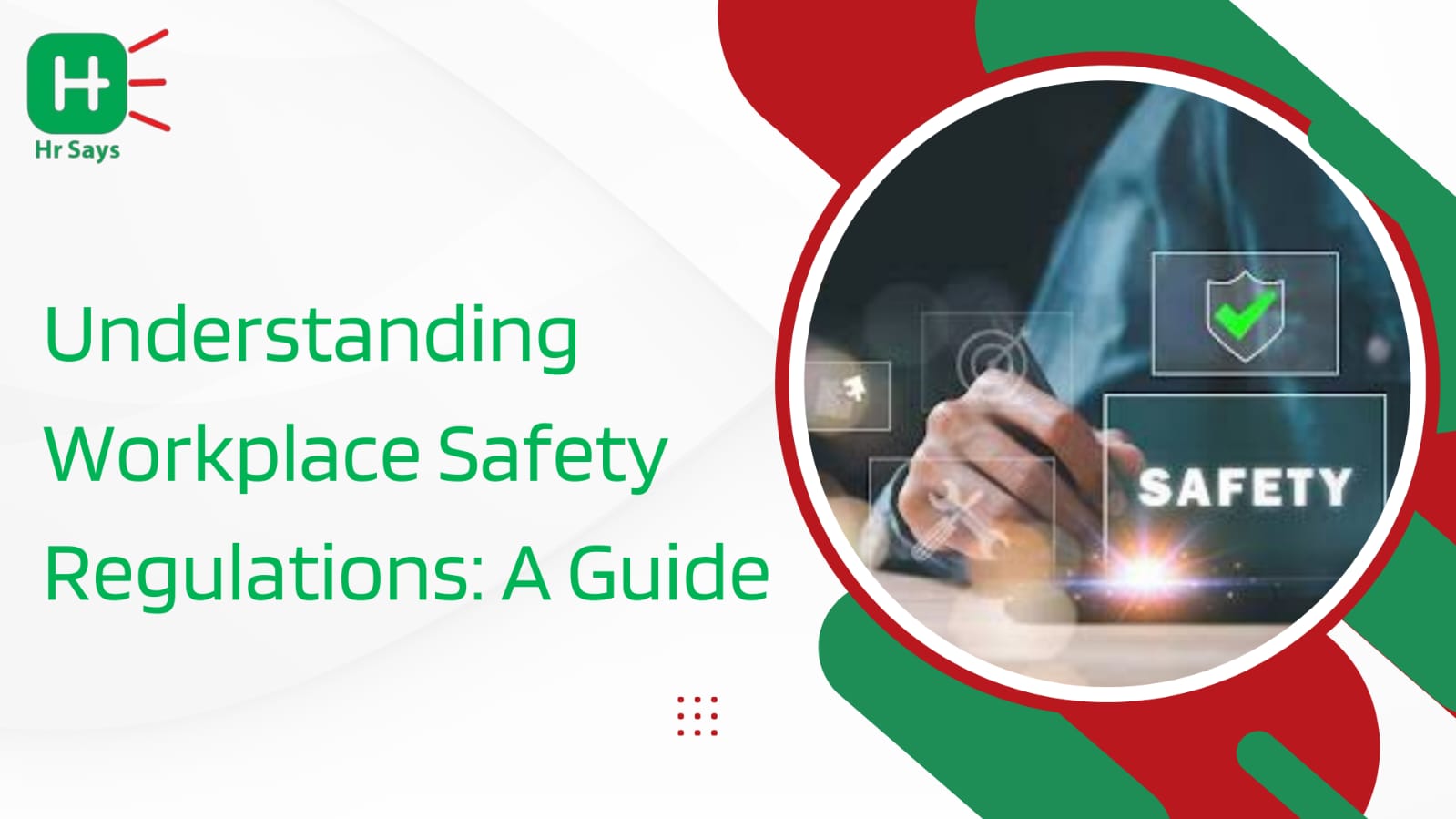What keeps a workplace safe? Regulations, not only caution are shaping daily practices. Safety regulations in the workplace are in place to safeguard workers and also lead employers and give them balance. Being acquainted with them assists all the people to be on the alert.
Why Workplace Safety Matters
The safety regulations are not only a piece of paper. They work to stop damage and mitigate risk. A place of work without them may become unpredictable. Employees are left startled and productivity slows. Safety laws act as anchors.
● They lower accident rates
● They ensure legal compliance
● They protect physical and mental well-being
The Core Elements of Safety Regulations
Safety rules often cover different aspects of work environments. They are not identical everywhere but share common points. These points are shaped by the need to prevent hazards and promote accountability.
Health and Hygiene Standards
Clean and hazard-free conditions must be maintained. Proper sanitation and ventilation are necessary. Noise levels and exposure to harmful substances should be monitored.
Equipment and Machinery Guidelines
Machines must be handled with training. Guards, alarms, and regular inspections are part of the requirements. Employers are expected to ensure safe use.
Training and Awareness
Workers should be trained to spot risks. Regular drills and updated sessions help in quick response. Safety awareness reduces panic during emergencies.
The Role of Employers and Employees
Both sides share responsibility. Safety is not the job of one person alone. A culture of
awareness is built when both cooperate.
Employers’ Duties
Employers are legally bound to follow set regulations. They must provide safety gear, maintain
equipment, and share hazard information. Policies should be communicated clearly.
Employees’ Responsibilities
Employees are expected to use the provided gear and follow training. They should report
unsafe practices. Taking shortcuts often leads to accidents.
Challenges in Enforcing Safety Rules
Regulations are only effective when respected. However, real-world workplaces face
challenges. Limited resources, poor training, or ignorance often weaken compliance.
Sometimes employees overlook safety for speed. Employers may delay updates in the system.
Such gaps can put lives at risk.
Creating a Culture of Safety
Workplaces that value safety make it part of their identity. A safety-first culture is not built
overnight but with steady steps.
● Regular communication of safety policies
● Recognition for safe practices
● Open reporting systems without fear
● Continuous updates in safety measures
When safety is valued, trust grows. Workers feel supported. Employers avoid costly legal
battles.
Conclusion
Workplace safety regulations shape the environment where employees spend most of their day. They are not just about avoiding accidents but about ensuring fairness and responsibility. A safe workplace protects lives, builds confidence, and strengthens organizations.

 Workplace safety regulations safeguard employees and guide employers. Covering health standards, equipment handling, and training, they ensure balance and protection. Shared responsibility and awareness create a safe culture where trust and productivity thrive.
Workplace safety regulations safeguard employees and guide employers. Covering health standards, equipment handling, and training, they ensure balance and protection. Shared responsibility and awareness create a safe culture where trust and productivity thrive.












.jpeg)
.jpeg)

.jpeg)

.jpeg)


.jpeg)

.jpeg)

.jpeg)


